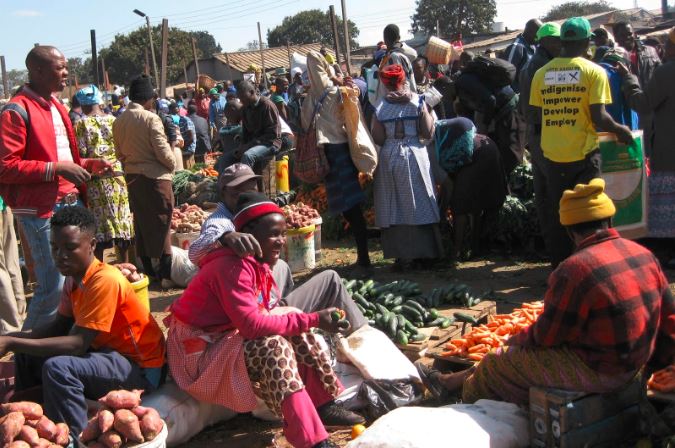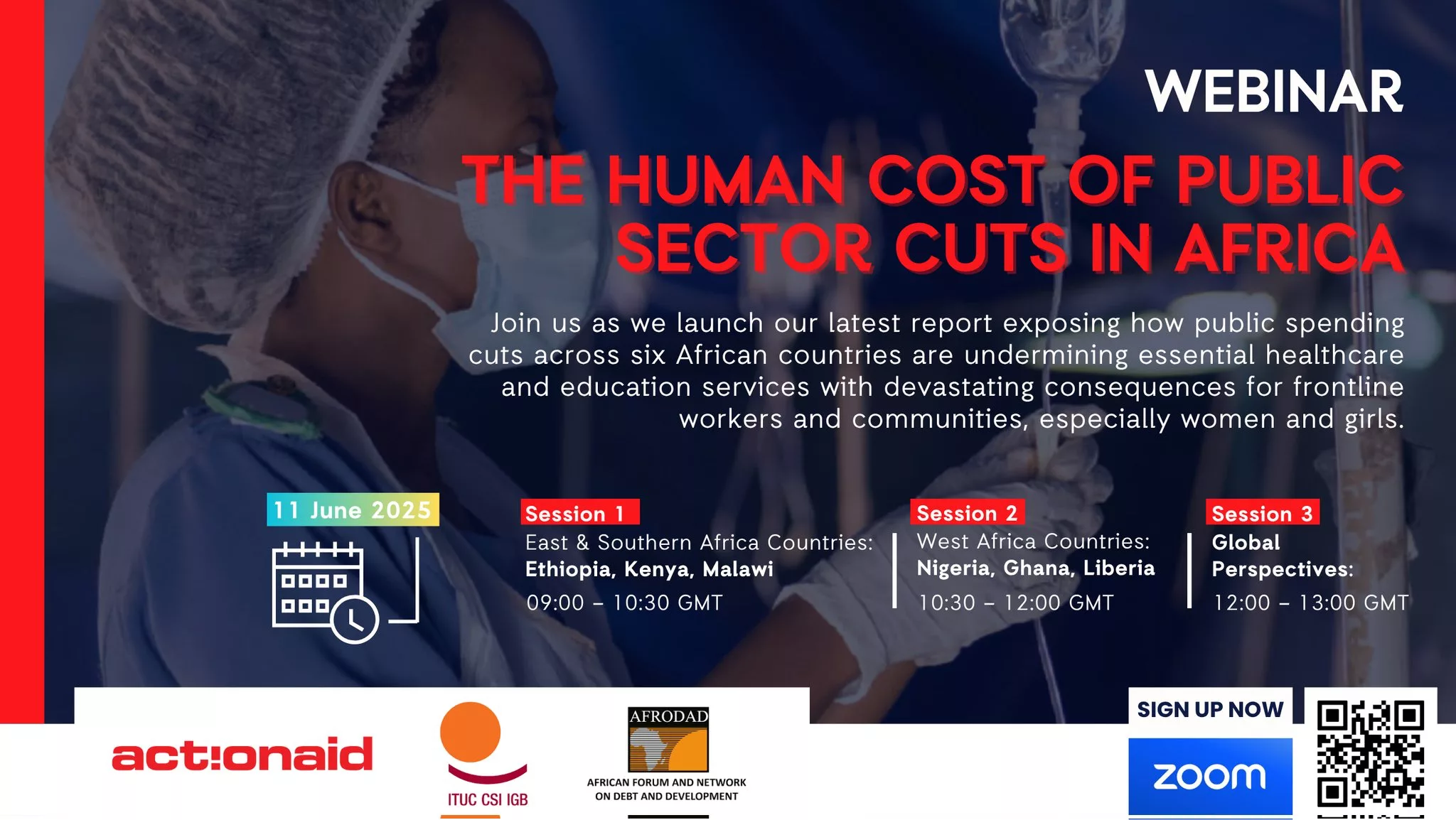By Charles Dhewa
eMKambo has invested time and effort in understanding and classifying different archetypes of entrepreneurs in developing countries. While this effort has focused mainly on agriculture-related entrepreneurship, it has also embraced diverse socio-economic sectors. Unless, development actors, policy makers and financial institutions characterise economic actors in line with their different roles, it will remain difficult to assess and achieve socio-economic impact.
1. Family unit (household)
The primary motive for a family unit or household to start an enterprise is to meet basic requirements or supplement and widen sources of income. For instance, a farming household can get into non-farming income generating projects like retailing. Farming may not be a business on its own unless it produces surplus to supplement other needs like school fees, health needs, transport and others. It is not a profitable venture but subsidizes other sources of income. The majority of micro enterprises in rural and urban are in this category. They start small enterprises to supplement income and meet basic needs.
2. School leavers and the young generation
Unemployment is a major push factor for this category. The only choice for school leavers and youths in most developing countries is to start a small business. This is not often motivated by a career path but by the need for self-reliance. A young person or school leaver say to himself/herself, “I can’t just be idle, so let me find something to do.” These entrepreneurs are not driven by passion but by circumstances where business is a stop-gap measure while looking for formal employment. Some youths end up being pushed by social factors like marriage which force them to work in order to take care of a family. There is often no proper process of building these entrepreneurs since they are just thrust into a situation.
Most of the youths in this cluster do not have innovations in terms of their own business ideas but copy what others are already doing. They copy through trial and error with no specific market and entrepreneurial skills. This group, pushed into business by factors outside individuals’ control, should be carefully targeted with funding and capacity building initiatives. Instead of taking business as a stop-gap measure, they need to understand the entire economy. However, due to inexperience and lack of innovation it is often difficult for this group to get funding from banks. They do not start business by choice and it is not a career path for them. They are often standing with one leg and have not firmed up their business ideas – no vision for the enterprise.
3. Retrenchees
These are pushed into business because their income sources have suddenly ended. “What else can I do now that I am no longer formally employed?” Some do not have relevant skills in farming because they grew up in the city. However a positive thing is that some have earned retrenchment packages around which they can be trained to start businesses. On the other hand, they are still looking for formal employment. Since their entrepreneurial skills have not been fully honed, they just have skills related to their former employer. This forces them to consider starting businesses in line with the former employers. For instance, a former welder can buy his own welding machine and start doing what he used to do at his former employer. A former employee in a packaged goods retail shop can become a trader of the same goods through a tuck shop.
People in this group get into a trade in which they have inherent skills, potential markets and market requirements in terms of standards. Those with skills in producing door frames or agricultural tools know the requirements of the market. This group needs different types of support. The main challenge is that their businesses are more skills-driven than market-driven. For those who may have abundant skills, the sector might already be saturated, leaving no room for extra skills toward demonstrating impact.
4. Employed moonlighters
This category gets into business to complement wage income. A positive thing is that they have a reliable source of income. What they need is a side complementary business for a major source of income. However, their main setback is that they are not taking business as a career path and can stop any time if the going gets tough. Their forays into entrepreneurship is not driven by passion. Commitment is not 100% – it is just an alternative undertaking. Even if the business does well, the owner is detached and at no point can s/he leave formal employment to focus on the business. They don’t have enough confidence in the enterprise and continue to consider wage employment as a sustainable source of livelihood. In most cases the business is not run by the owner but by employees, relatives or the spouse. In terms of planning and control the owner’s role is minimal since s/he is detached. This group has increased in many African countries like Kenya, Malawi, Tanzania, Uganda, Zambia and Zimbabwe in the past two decades.
5. Entrepreneurs motivated by availability of resources in the form of pension and borrowing powers
This group comprises people with many forms of collateral requirements such as buildings and old boys club networks in the banking circles. They can walk in a bank and easily get a loan. Unfortunately, most people in this cluster are not driven by entrepreneurial desire but access to resources. This group often lacks important entrepreneurial skills and business development capacity. Many politicians and senior citizens are in this category. Some end up confusing symbolic power with power to execute a business and obtain markets. Due to easy access to money, they can borrow from one bank to repay a loan taken from another bank.
6. External resource-driven category
This cluster is driven by availability of resources from government or development agencies. Such resources could be in the form of a women’s bank or youth fund, among others. Some development agencies can avail resources through affirmative strategies, targeting specific marginalized groups like women, youth and the disabled. When government sets up a women’s bank, more women can go to get loans not because they have good business ideas but because the facility is available. The fact that a youth fund has been availed, might see many youths applying for loans even if potential businesses are already congested. Where an NGO targets resources at vulnerable households, community champions with a sustainable role may be disqualified because support is for orphans, child-head households or youths.
7. Passion-driven but lacking resources
These could be youths keen to start businesses as career paths. Some agricultural graduates can be keen to get into commercial agriculture while engineering graduates may want to set up a motor mechanics workshop. This group is driven by passion, knowledge and skills but might lack experience, exposure and resources. They can actually have more commitment. In many African countries, this group is being frustrated by lack of support.
8. Those who decide to leave formal employment to start businesses
This rare group comprises people who feel they have contributed enough for their employer’s growth and should move on to more opportunities with potential for growth. Their advantage is that they have knowledge, skills and are driven by passion. They also know what the market wants. This group could be classified as ‘rebels’. Those in the food processing industry can go and set up their food processing factory or restaurant. They can easily take away markets from former employers. Although this might be considered conflict of interest, they have a solid foundation from which to start. Their genesis could be businesses where the owner is detached and not able to fully exploit opportunities. They can cause the former employer to close down due to too much reliance on employees who decide to go and reproduce the business in other forms.
9. Family businesses
These are cases where business owners decide to wean their children by giving them business branches or outlets to run as part of building self-reliance. For instance, an agro-dealer can give part of his business to his children. This kind of inheritance-driven business can also be push-factor driven to run away from dependence towards self-reliance. It’s not like the children are proactive since they may not be driven by passion and career path. However, those who embrace the opportunity can flourish.
Beyond MSMEs
The above clustering shows it is not enough to describe businesses as MSMEs without going deeper to unpack different nuances at a granular level. In all these clusters, some enterprises are on the social impact side while others are on the economic impact. Social impact has an element of sustainability. As part of financial inclusion, the social impact group should be considered for development finance. Unfortunately, development finance does not look at social enterprise as a source of scale. In most developing countries, more than 60 % of businesses are social enterprises. They are a critical part of a hybrid economy with both formal and informal elements. However, their major strength is that their businesses are sources of livelihood and there is no way they will want such businesses to collapse. They just want to earn an extra dollar for meeting basic needs like health and school fees. While they may not grow faster, they continue thriving for years, meeting critical needs like educational fees.






